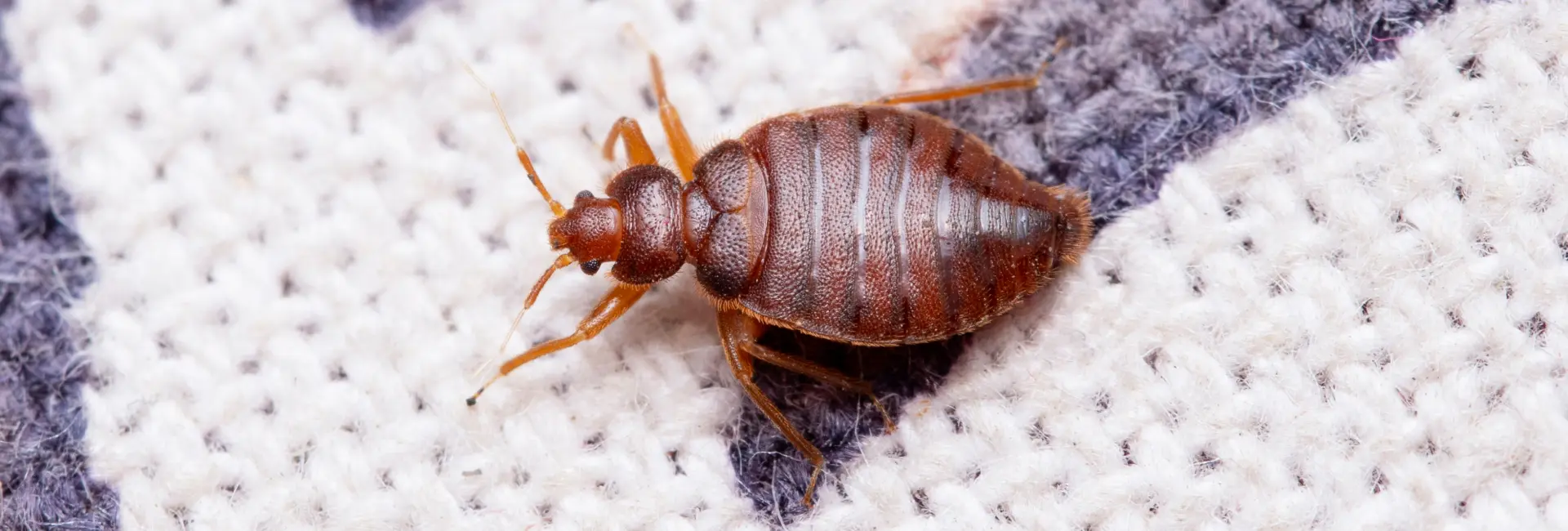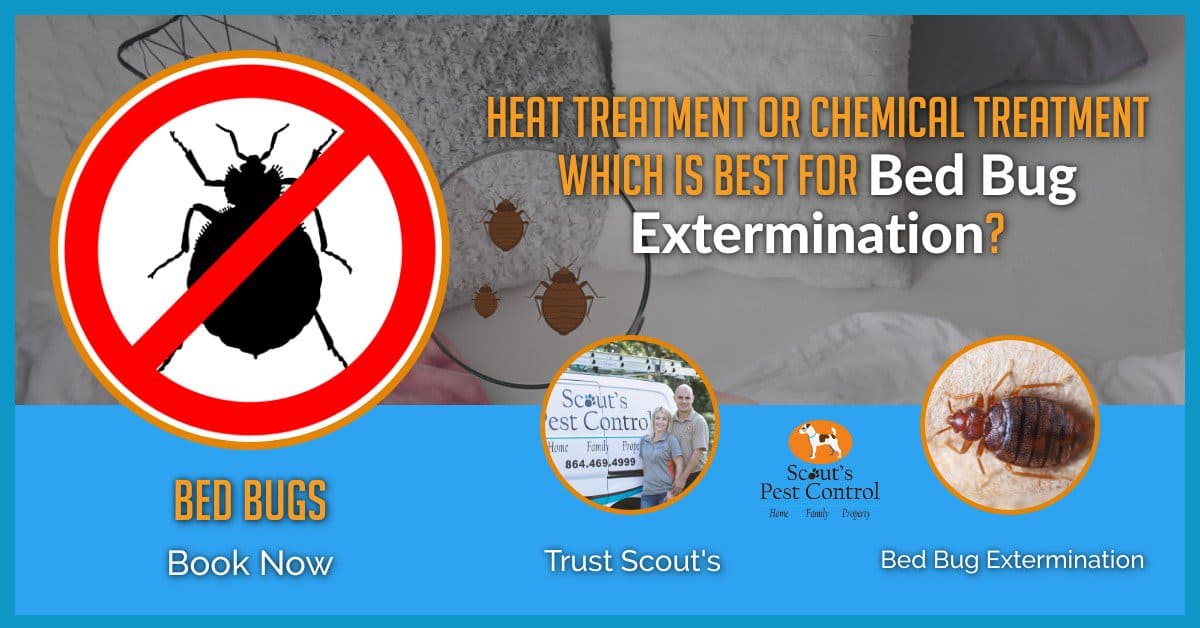Vital Bug Control Techniques for Effective Bed Bug Therapy in Your Home
The rebirth of bed bugs in household settings has motivated a demand for reliable pest control techniques that not only address existing problems but likewise protect against future events. The complexities of these methods may elevate concerns concerning the most effective approaches and when professional intervention may be needed.
Comprehending Bed Insect Habits
(Bed Bug Treatment)A significant section of effective pest control pivots on an extensive understanding of bed pest actions. Bed insects, scientifically recognized as Cimex lectularius, are nighttime insects that mainly feed on human blood.
Bed insects are drawn in to carbon dioxide and temperature, which assist them to prospective hosts. They commonly feed for around 5 to 10 mins prior to retreating to their harborage websites. Comprehending their feeding practices is critical, as it highlights the relevance of regular examinations in areas where people sleep or remainder, such as mattresses, bed frameworks, and neighboring furniture.
In addition, bed insects have a remarkable capability to recreate quickly, disabling to 5 eggs daily. Their lifecycle-- from egg to nymph to grown-up-- can happen in as little as a month under ideal conditions. Bed bug Exterminator. Awareness of this quick lifecycle is crucial for carrying out timely and efficient bug control strategies, making sure that problems do not rise further
Early Detection Techniques
Efficient parasite control begins with early discovery techniques that can recognize bed pest problems prior to they become serious. Acknowledging the indicators of bed insects early on is crucial in stopping prevalent problem.

An additional efficient technique is checking for bites. While specific reactions vary, unexplained attacks on revealed skin, specifically after an evening's sleep, can indicate the visibility of bed pests. Maintaining documents of any unusual searchings for can help pest control specialists in establishing the level of the infestation.
Including these early detection techniques right into normal home upkeep routines can substantially reduce the opportunities of a severe bed pest infestation, allowing for prompt treatment and efficient management.
Reliable Removal Techniques
Removing bed bugs requires a multifaceted method that integrates chemical therapies, heat applications, and physical removal strategies. Chemical treatments usually involve the use of insecticides specifically developed to target bed pests.
Warm treatment is an additional highly efficient approach, employing temperature levels above 120 ° F to get rid of bed insects in all life phases. This technique can be put on influenced areas, such as mattresses and furniture, or with whole-room heater. It is necessary to monitor the Bed Bug Treatment temperature level to make certain that it continues to be consistent throughout the therapy location.
Physical removal approaches include thorough vacuuming of infested areas, which helps to remove bed insects and their eggs. By integrating these methods, homeowners can achieve an extensive approach to bed pest elimination, making sure a pest-free environment.
Safety Nets for Homes
Executing preventive measures is necessary for home owners seeking to lower the risk of bed bug problems. Routine assessments of your home, particularly in areas like bed rooms, living spaces, and baggage storage areas, can help recognize very early indications of bed pests. Pay attention to seams of bed mattress, box springs, and furnishings joints.
When traveling, evaluate hotel spaces completely before resolving in (Bed Bug Treatment). Use safety coverings for cushions and box springtimes, which can hinder bed pests from nesting. Furthermore, wash and dry bedding and garments on high warmth regularly, as extreme temperature levels can kill bed insects and their eggs
Minimizing mess in your home is an additional reliable strategy, as it reduces possible concealing spots for these insects. Be mindful when bringing used furniture or apparel right into your home; constantly check these products meticulously.
Moreover, sealing splits and crevices in wall surfaces, floors, and furnishings can limit the activity of bed insects. Using an aggressive approach to tidiness and alertness can substantially lower the likelihood of a bed insect problem, making sure a much more comfy and pest-free living atmosphere.
When to Seek Expert Help
Acknowledging the indicators of a bed pest problem is critical for determining when to look for professional assistance. Common indications include attacks on the skin, generally looking like tiny, red welts, in addition to the visibility of dark fecal places or drop exoskeletons on bedding and furnishings. If these indicators are noticeable, timely action is necessary to protect against the infestation from worsening.
Property owners ought to take into consideration professional support if the invasion prevails or consistent regardless of initial DIY efforts. Bed insects are infamously durable and can rapidly reproduce, making extensive obliteration challenging without specialized tools and experience. Additionally, if the problem has actually infected numerous rooms or is affecting individual items, a professional pest control service can supply comprehensive therapy choices.
Moreover, individuals with allergic reactions, asthma, or other wellness issues need to prioritize professional aid, as bed bug bites can exacerbate these problems. Inevitably, looking for specialist treatment can save time, lower stress and anxiety, and ensure reliable removal of bed insects, restoring comfort and safety and security in your home. When unsure, it is always much better to get in touch with a specialist as opposed to run the risk of more complications from an unsolved infestation.
Conclusion
